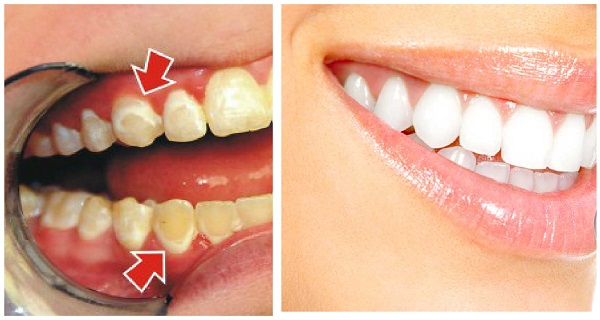Stopping completely is the best way to quit smoking, but multiple support methods may be required to counteract the physical and emotional withdrawal symptoms that can arise.
![]() Acupuncture : The therapeutic mechanisms behind acupuncture are not thoroughly researched, however, it has been shown to help people quit smoking. It matters where the needles are placed. Acupuncture at points affecting the airways, lungs, and mouth can reduce cravings for the taste of tobacco, lowering the desire to smoke. After a month of acupuncture treatments every other week, participants experienced smoking cessation.
Acupuncture : The therapeutic mechanisms behind acupuncture are not thoroughly researched, however, it has been shown to help people quit smoking. It matters where the needles are placed. Acupuncture at points affecting the airways, lungs, and mouth can reduce cravings for the taste of tobacco, lowering the desire to smoke. After a month of acupuncture treatments every other week, participants experienced smoking cessation.
Hypnotherapy : Defined as an altered state of consciousness where a person can bypass certain aspects of reality and feel compelled to follow cues from an outside source, hypnosis can help smokers associate cigarettes with unpleasant stimuli (e.g. dry mouth, poor health outcomes) and the belief they will lose the desire to smoke. Studies have shown it can accelerate the process of quitting but contributes less to long-term smoking cessation.
Magnesium : Magnesium helps decrease nicotine addiction by antagonizing NMDA receptors, which are responsible for the dopamine release. Magnesium may also decrease nicotine’s effect on NMDA receptors by enhancing GABA synthesis. Simply put, this mineral will lower the user’s satisfaction from smoking. Magnesium is fastest absorbed through powder, such as by NaturalCalm, or in Epsom salt baths!
Olfactory training : One study exposed smokers for one week to the smell of cigarettes and rotting eggs or fish while they are in stage 2, non-REM sleep (versus other stages of sleep), and the subjects reported smoking less over the course of the week.
Lime : When a craving hits, slicing up lime slices to suck on and then chewing the skin may be as effective as either 2 or 4 mg of nicotine gum.They are also rich in vitamin C and antioxidants. However, it’s not as good as nicotine gum in reducing the number of cravings.


